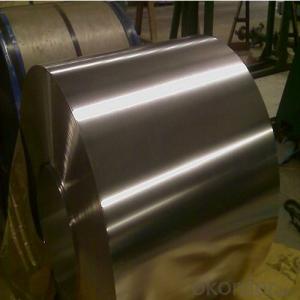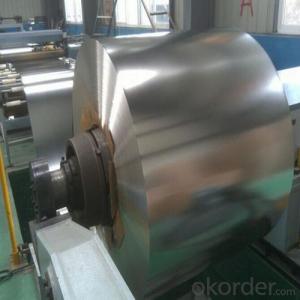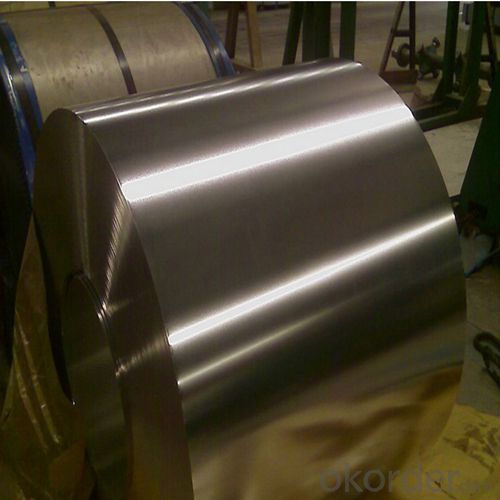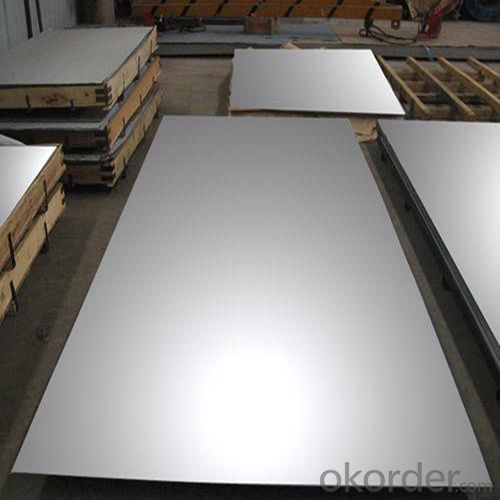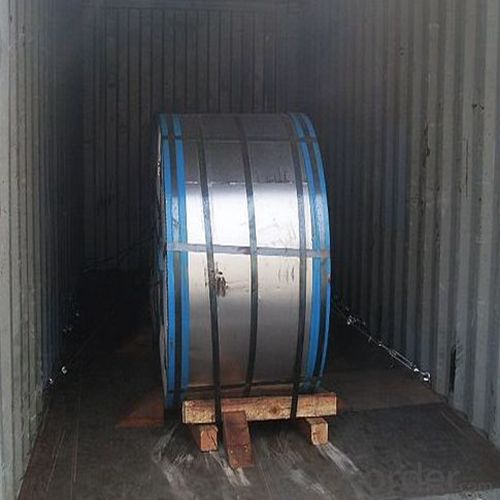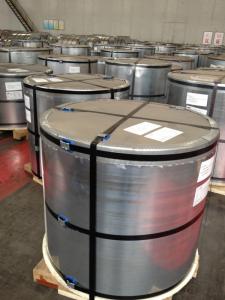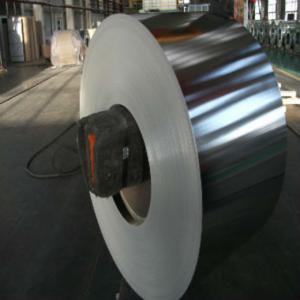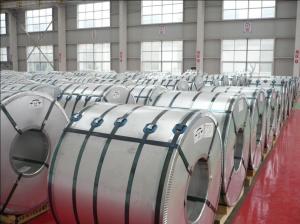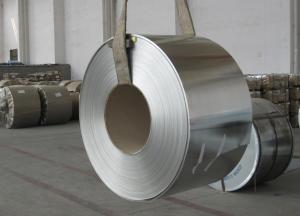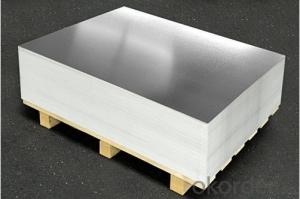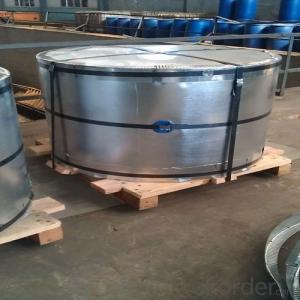Prime Electrical Prime ETP Tinplate for Foods Metal Packaging
- Loading Port:
- Tianjin
- Payment Terms:
- TT OR LC
- Min Order Qty:
- 25 m.t
- Supply Capability:
- 30000 m.t/month
OKorder Service Pledge
OKorder Financial Service
You Might Also Like
1.Structure of Prime Electrical Prime ETP Tinplate for Foods Metal Packaging Description
Electrolytic Tin Plate Coils and Sheets for Foods Metal Packaging, is one thin steel sheet with a coating of tin applied by electrolytic deposition. Tinplate made by this process is essentially a sandwich in which the central core is strip steel. This core is cleaned in a pickling solution and then fed through tanks containing electrolyte, where tin is deposited on both sides. As the strip passes between high-frequency electric induction coils, it is heated so that the tin coating melts and flows to form a lustrous coat.
2.Main Features of the Prime Electrical Prime ETP Tinplate for Foods Metal Packaging
Appearance – Electrolytic Tin Plate is characterized by its beautiful metallic luster. Products with various kinds of surface roughness are produced by selecting the surface finish of the substrate steel sheet.
Paintability and printability – Electrolytic Tin Plates have excellent paintability and printability. Printing is beautifully finished using various lacquers and inks.
Formability and strength – Electrolytic Tin Plates have got very good formability and strength. By selecting a proper temper grade, appropriate formability is obtained for different applications as well as the required strength after forming.
Corrosion resistance – Tinplate has got good corrosion resistance. By selecting a proper coating weight, appropriate corrosion resistance is obtained against container contents. Coated items should meet 24 hour 5 % salt spray requirement.
Solderability and weldability – Electrolytic Tin Plates can be joined both by soldering or welding. These properties of tinplate are used for making various types of cans.
Hygienic – Tin coating provides good and non toxic barrier properties to protect food products from impurities, bacteria, moisture, light and odours.
Safe – Tinplate being low weight and high strength makes food cans easy to ship and transport.
Eco friendly – Tinplate offers 100 % recyclability.
Tin is not good for low temperature applications since it changes structure and loses adhesion when exposed to temperatures below – 40 deg C.
3.Prime Electrical Prime ETP Tinplate for Foods Metal Packaging Images
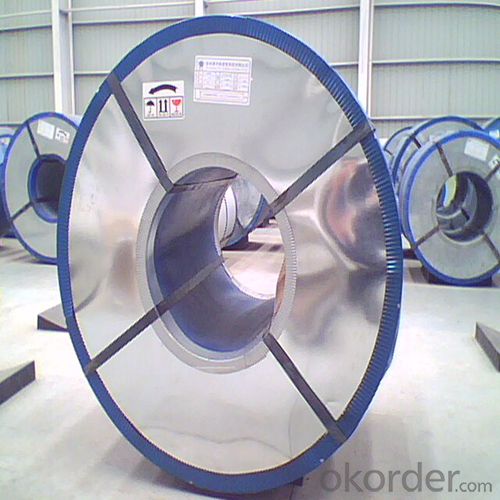
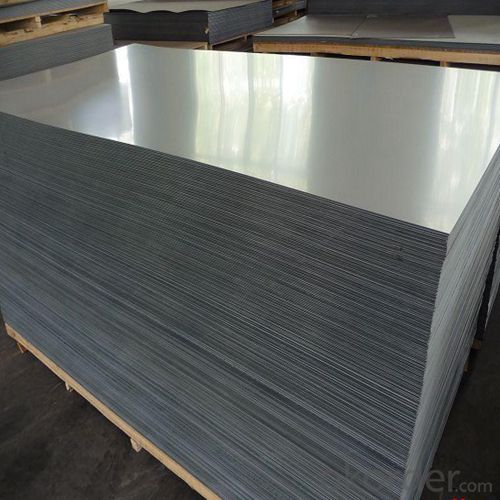
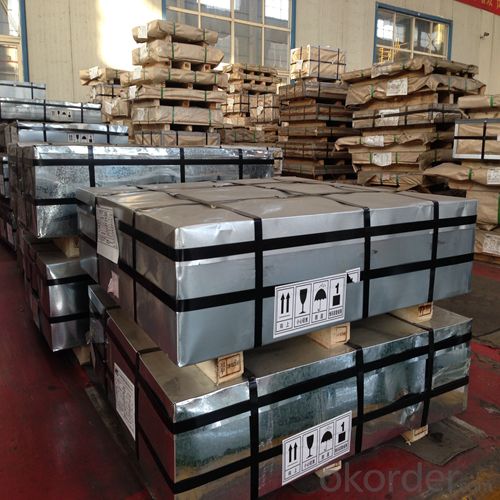
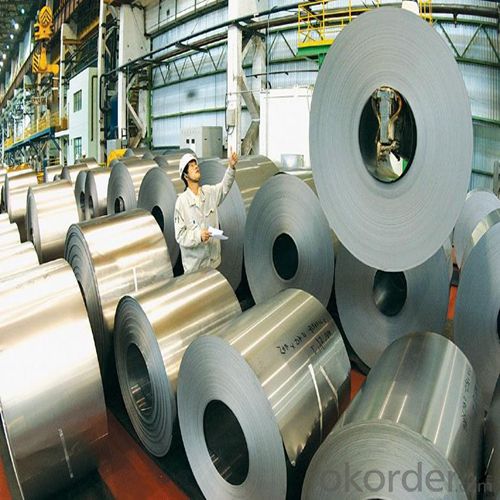
4.Prime Electrical Prime ETP Tinplate for Foods Metal Packaging Specification
Standard | ISO 11949 -1995, GB/T2520-2000,JIS G3303,ASTM A623, BS EN 10202
|
Material | MR,SPCC |
Thickness | 0.15mm - 0.50mm |
Width | 600mm -1150mm |
Temper | T1-T5 |
Annealing | BA & CA |
Coil Inner Diameter | 508mm |
Weight | 6-10 tons/coil 1~1.7 tons/sheets bundle |
Passivation | 311 |
Oil | DOS |
Surface | Finish,bright,stone,matte,silver |
5.FAQ of Prime Electrical Prime ETP Tinplate for Foods Metal Packaging
-What your tinplate material is used for ?
Tinplate is widely used for the packaging of products. Such as food cans,
beverage cans, pet cans, closures, general line cans and so on.
Printed Tinplate is offered!!
-How to place .an order or contact you ?
Please send us Email. we will give you a quick response in seconds .
- How is your quality ?
All our quality is prime even the secondary quality . We have many years experience
In this field with serious quality control standard . Advanced equipment, We welcome your visit to our factory .
- Q: Can tinplate be painted or coated with other materials?
- Yes, tinplate can be painted or coated with other materials. Tinplate has a smooth surface that allows for effective adhesion of paint or coatings. This enables various finishes, protective coatings, or decorative designs to be applied to tinplate surfaces.
- Q: How is tinplate coated with organic materials for specific applications?
- Tinplate can be coated with organic materials for specific applications through a process called organic coating or lacquering. In this process, a thin layer of organic material, such as polymer or lacquer, is applied onto the surface of the tinplate. This coating provides various benefits like corrosion resistance, improved aesthetic appearance, and enhanced durability. The organic coating can be applied through methods like roll coating, spray coating, or electrostatic deposition, depending on the specific requirements of the application.
- Q: How does tinplate perform in terms of stackability?
- Tinplate performs well in terms of stackability due to its rigid and durable nature. Its flat surface and uniform thickness allow for easy stacking and stability, making it suitable for various storage and transportation applications.
- Q: How is tinplate affected by exposure to chemicals?
- Tinplate is typically resistant to corrosion and can withstand exposure to various chemicals without significant damage or reactions. However, certain aggressive or highly acidic chemicals may cause corrosion or tarnishing on the tin coating, leading to a potential degradation of its protective properties. Therefore, the extent to which tinplate is affected by exposure to chemicals largely depends on the specific nature and concentration of the substances it comes into contact with.
- Q: How is tinplate manufactured?
- Tinplate is manufactured through a process called electroplating, where a thin layer of tin is applied onto a base metal, usually steel. The steel is first cleaned and then immersed into an electrolyte solution containing tin ions. An electric current is then passed through the solution, causing tin ions to be attracted and deposited onto the steel surface, forming a layer of tin. This tin coating provides the steel with corrosion resistance and enhances its appearance, making it suitable for various applications such as food and beverage packaging.
- Q: What are the different ways to seal tinplate cans?
- There are several different ways to seal tinplate cans. Some common methods include double seam sealing, soldering, welding, and adhesive bonding. Each method has its own advantages and suitability based on factors like the type of product being stored, the desired level of sealing integrity, and the production process.
- Q: How does the coating affect the properties of tinplate?
- The coating on tinplate significantly affects its properties. The coating provides a protective barrier against corrosion, enhancing the tinplate's durability and extending its shelf life. Additionally, the coating can improve the tinplate's resistance to chemical reactions and make it more suitable for food packaging applications. The coating also influences the tinplate's appearance, allowing for various decorative finishes. Overall, the coating plays a crucial role in enhancing the properties and performance of tinplate.
- Q: Can tinplate be used for gift packaging?
- Yes, tinplate can be used for gift packaging. It is a versatile material that offers durability and a premium look, making it suitable for various packaging purposes, including gift boxes and containers. Tinplate can be decorated with attractive designs and is also recyclable, making it an eco-friendly option for gift packaging.
- Q: How does tinplate compare to aluminum packaging in terms of cost?
- In terms of cost, tinplate tends to be more affordable compared to aluminum packaging.
- Q: How can the section of the tinplate be maintained without rust?
- The cross section of the tinplate is free of rust. Both sides have plating, the cross section can use lubricating oil
Send your message to us
Prime Electrical Prime ETP Tinplate for Foods Metal Packaging
- Loading Port:
- Tianjin
- Payment Terms:
- TT OR LC
- Min Order Qty:
- 25 m.t
- Supply Capability:
- 30000 m.t/month
OKorder Service Pledge
OKorder Financial Service
Similar products
Hot products
Hot Searches
Related keywords
